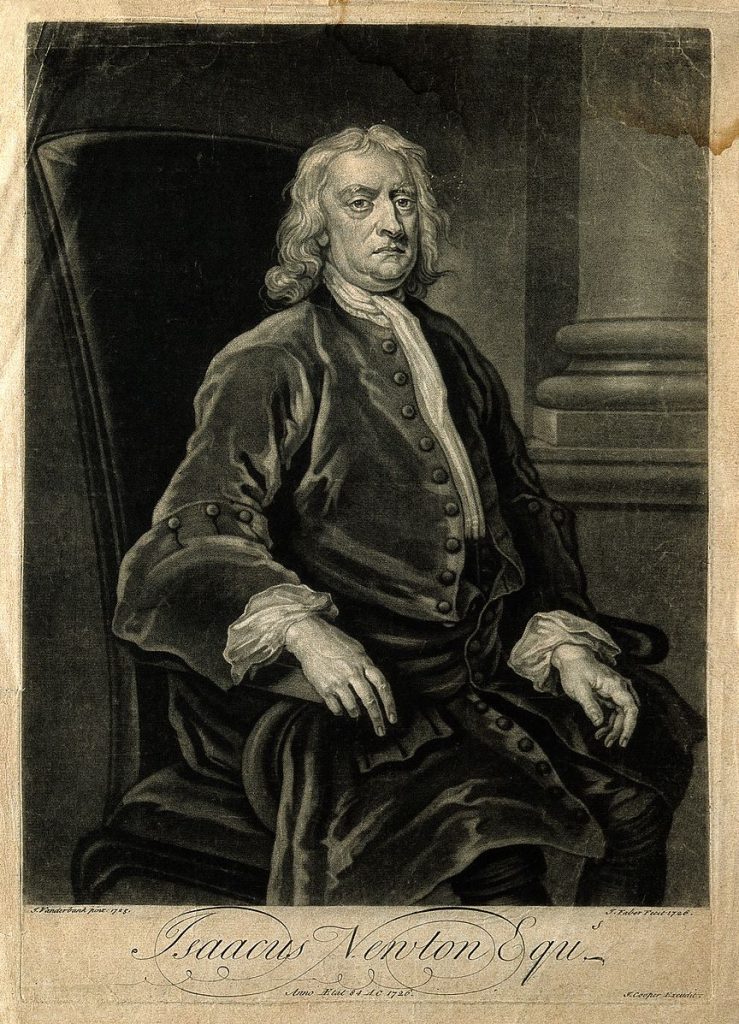1.1 History of colour theories

Image by Wellcome Library, London via Wikimedia Commons, licensed under CC BY 4.0.
How do we know so much about what colour is? How do we see it and how can we use it?
A progression in our understanding of colour through many versions of practical colour systems, has developed over thousands of years of recorded history. Different ways of identifying and classifying colours have been theorised since ancient times. More recently, scientifically accurate means of measuring the visible light spectrum have been developed.
Today, many of us are still taught as children that red, yellow and blue are primary colours, and we learn to mix paints and crayons using this principle from a very early age. While this traditional colour system credited to Sir Isaac Newton (see Figure 1.2) is good for some practical colour mixing methods, it isn’t scientifically accurate, based on what we now know about light and colour. It’s useful to learn how colour theory has developed over time, beyond mixing paint pigments, if you are working with colour in any field, whether creative or scientific.
This part of Chapter 1 contains a brief history of colour theories from a selection of philosophers, scholars, scientists and artists who have made significant contributions to this field.
Timeline of discoveries:
Primary colours are the basic set of colours that can’t be mixed from other colours - but can be used to mix a gamut of other colours.

